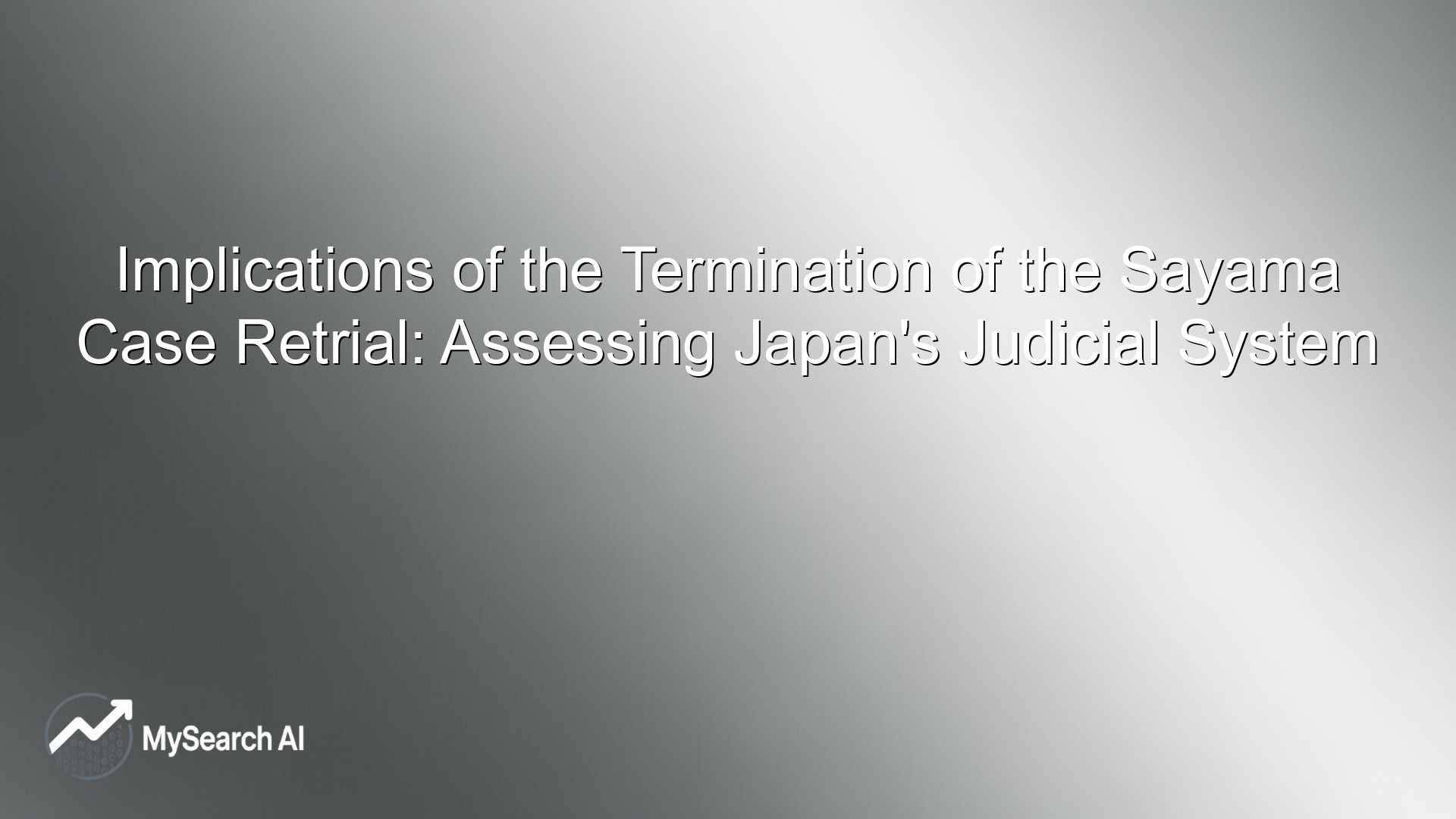Related Articles
Ask anything about stocks
JR East News Today: Introduction of New Shinkansen Inspection Train
JR East has announced its plan to introduce a new Shinkansen inspection train, marking a significant update to its infrastructure capabilities. This move aims to improve the efficiency and reliability of inspections on its extensive network, encompassing several Shinkansen lines. Slated for deployment in fiscal 2029, this successor to the popular East-i model will leverage advanced technologies to ensure safety and performance. As JR East continues to innovate, this development not only supports operational excellence but also reflects a broader commitment to modernization.
Importance of the New Shinkansen Inspection Train
The new Shinkansen inspection train is a critical development for JR East, one of Japan’s leading railway operators. By 2029, this advanced model will replace the existing East-i train, which has been the backbone of track inspections. The introduction of this new technology is part of JR East’s broader strategy to ensure the reliability and safety of its vast network that spreads across 7,401.7 kilometers.
With improvements in diagnostic capabilities, the new train will likely reduce downtime and enhance maintenance accuracy. This effort aligns with JR East’s operational goals to maintain a high standard of service across its network.
For insights on JR East’s approach, see [Japan Times](https://www.japantimes.co.jp/business/2025/10/08/companies/jr-east-shinkansen-inspection/), which details the operational impacts of this transition.
Impact on JR East’s Market Position
JR East’s decision to enhance its inspection capabilities reflects positively on its commitment to quality and safety, critical factors for maintaining competitive advantage in Japan’s rail industry.
By staying ahead with innovations in infrastructure maintenance, JR East reinforces its reputation and can attract and retain more passengers. This strategic move could also improve operational efficiency, potentially enhancing financial performance over time.
Its stock, trading under 9020.T, currently sits at ¥3591.0. Although no immediate changes were noted in response to this announcement, the potential long-term benefits remain substantial.
Current Stock Overview and Investor Reaction
JR East’s stock performance has been relatively stable, with the latest price at ¥3591.0, unchanged from the previous day. This steadiness mirrors investor confidence in JR East’s long-term strategy.
Positive market sentiments are further supported by forecasts, indicating potential growth, with weekly and monthly targets projecting an increase. Although analysts currently hold a “Sell” recommendation, future developments may lead to a reassessment.
This announcement coincides with preparations for an earnings call on October 30, 2025, where further financial impacts might be discussed.
Long-term Prospects for JR East
Looking ahead, JR East’s investments in technology like the new Shinkansen inspection train demonstrate foresight in infrastructure management. The company positions itself to capitalize on emerging trends in rapid transit innovation and passenger safety.
With broader expansion plans, including modernizing rolling stock and facilities, JR East is poised to strengthen its market presence. This strategic direction aligns with global trends, focusing on sustainable and high-efficiency rail solutions that may attract new funding and partnerships over time.
Final Thoughts
JR East’s introduction of a new Shinkansen inspection train by 2029 signifies a substantial step toward enhancing the safety and efficiency of its rail network. This move plays a vital role in maintaining JR East’s competitive edge in Japan’s dense railway market. Although immediate stock impacts are minimal, the long-term prospects suggest potential benefits in operational stability and market share expansion. As JR East continues to align with modern technological advancements, the announced upgrades may foster investor confidence and contribute positively to its financial outlook. Utilizing platforms like Meyka for real-time insights could help investors navigate these changes effectively.
FAQs
What is the new Shinkansen inspection train?
The new Shinkansen inspection train is a technological upgrade planned by JR East, set to deploy in 2029. It aims to enhance track and facility inspections across its rail network.
Why is JR East introducing a new inspection train?
JR East is introducing a new inspection train to improve maintenance accuracy, reduce downtime, and enhance overall rail safety and efficiency. This is part of its strategy to modernize its infrastructure.
How has the market reacted to JR East's announcement?
The market reaction has been stable, with JR East’s stock price remaining unchanged immediately. However, long-term benefits are anticipated given the strategic importance of the development.
What are JR East's stock details?
JR East’s stock, 9020.T, is priced at ¥3591.0. It has maintained stability in recent trading sessions, with a "Sell" recommendation from analysts. The company's earnings call on October 30 might provide further insights.
How can investors stay informed about JR East's progress?
Investors can use platforms like Meyka for real-time financial insights and updates on JR East’s progress and market trends, aiding in informed decision-making.
Disclaimer:
This is for information only, not financial advice. Always do your research.



